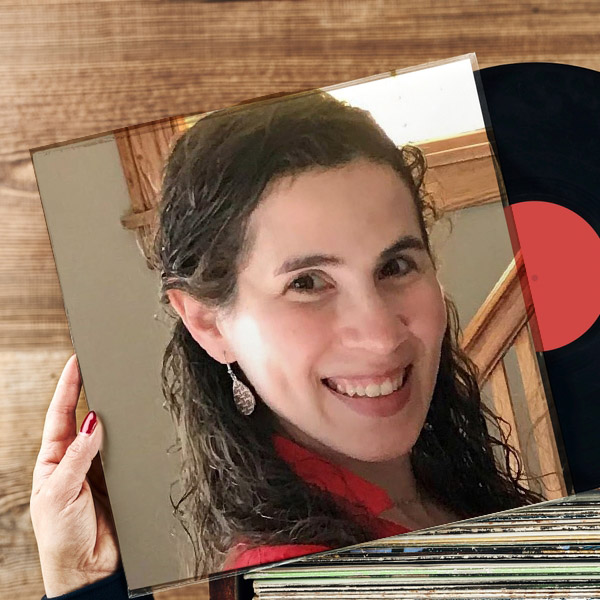About
WFDU(FM) began broadcasting to the New York Metropolitan area in August of 1971 as a result of a concerted effort for its establishment by the administration of Fairleigh Dickinson University and enthusiastic FDU students. Following negotiations with New York University and the Federal Communications Commission, an agreement was reached for the two Universities to share the 89.1 dial position on the FM band.
The station's broadcast signal has a 50 mile radius of its transmitter which is located within the historic Armstrong Field Lab in Alpine, New Jersey. The AFL is the site of the world's first FM station, W2XMN, built by the creator of FM technology, Major Edwin Howard Armstrong. WFDU-FM's range covers the New York City metropolitan area including Long Island and Southern Connecticut. And, with an increase in antenna height and the power rise to 3000 watts, WFDU-FM will have a potential reach to 8.2 million people.
While WFDU(FM) and WNYU share the 89.1 location on the dial, each station maintains separate transmitter and studio facilities as well as discrete programming and personnel.
WFDU(FM) is on the air at 89.1MHz in the NYC metro area from 1:03AM to 3:57PM Tuesday through Friday and continuously from 1:03AM Saturday to 3:57PM Monday. WFDU(FM) streams audio over the internet at all times featuring many internet based shows highlighting a variety of music genres.
The mission of WFDU(FM) is to provide eclectic music programs, serve the public interest, and promote good will for Fairleigh Dickinson University. These objectives are met through thoughtful music entertainment shows which feature Classic RetroRadio Oldies and other eclectic shows hosted by professional volunteers many of whom are musicians in their own right.
For the first time since 1971, WFDU is proud to be broadcasting 24/7 on all of our audio streaming platforms with exciting new programming.
The listenership at WFDU-FM (on air and internet) reaches 2.5 million people annually and over 150,000 listeners weekly. And, these numbers only reflect the listenership of HD1 (RetroRadio Oldies)
WFDU is proud to include HD2, which is called The Eclectic WFDU and HD3, which is The Student Station of Fairleigh Dickinson University.
